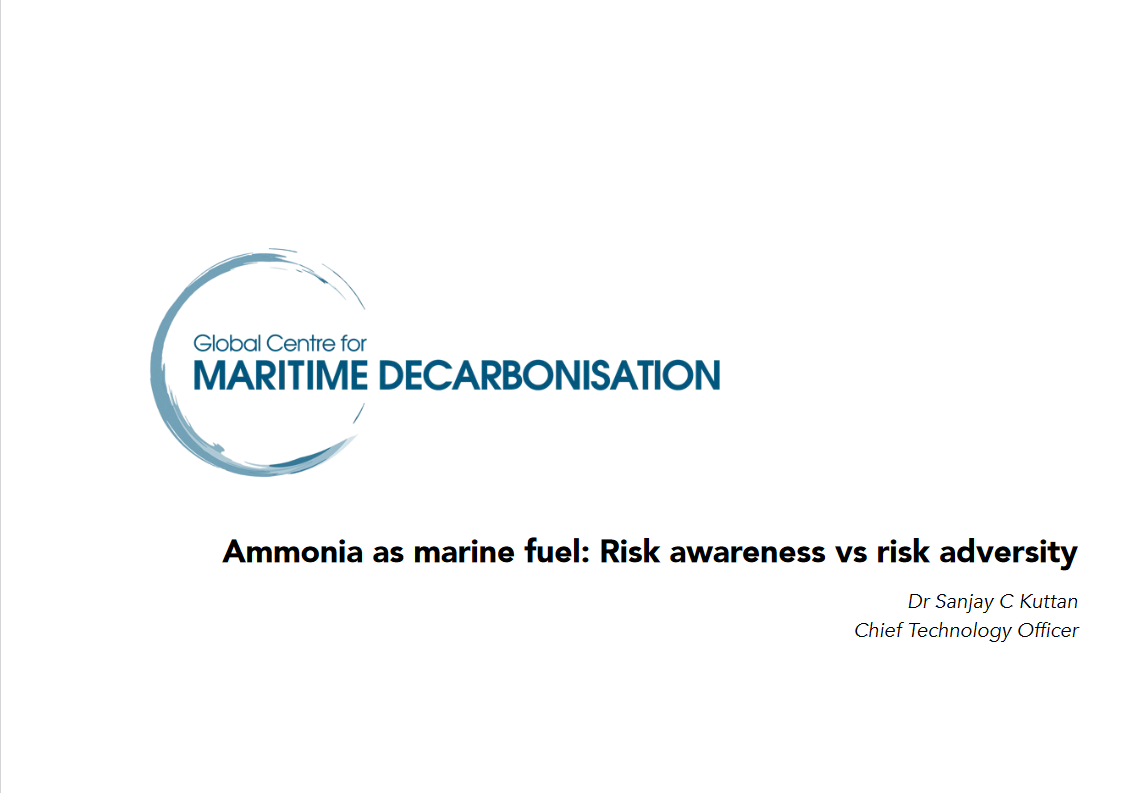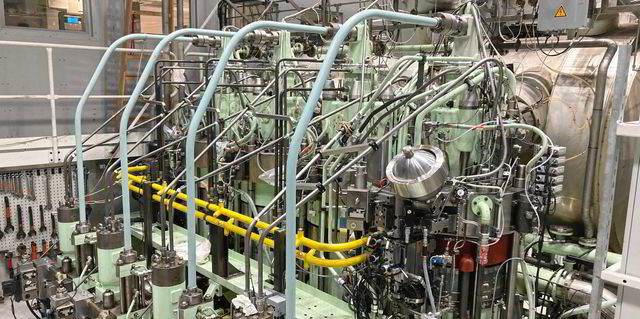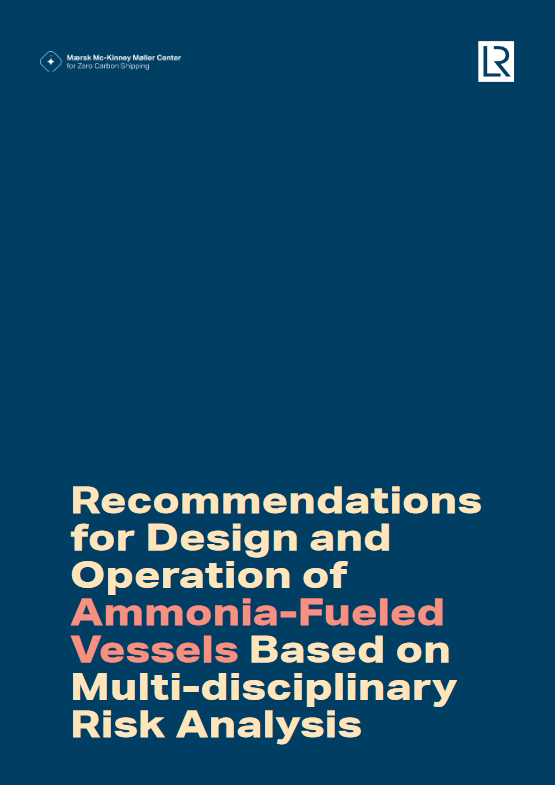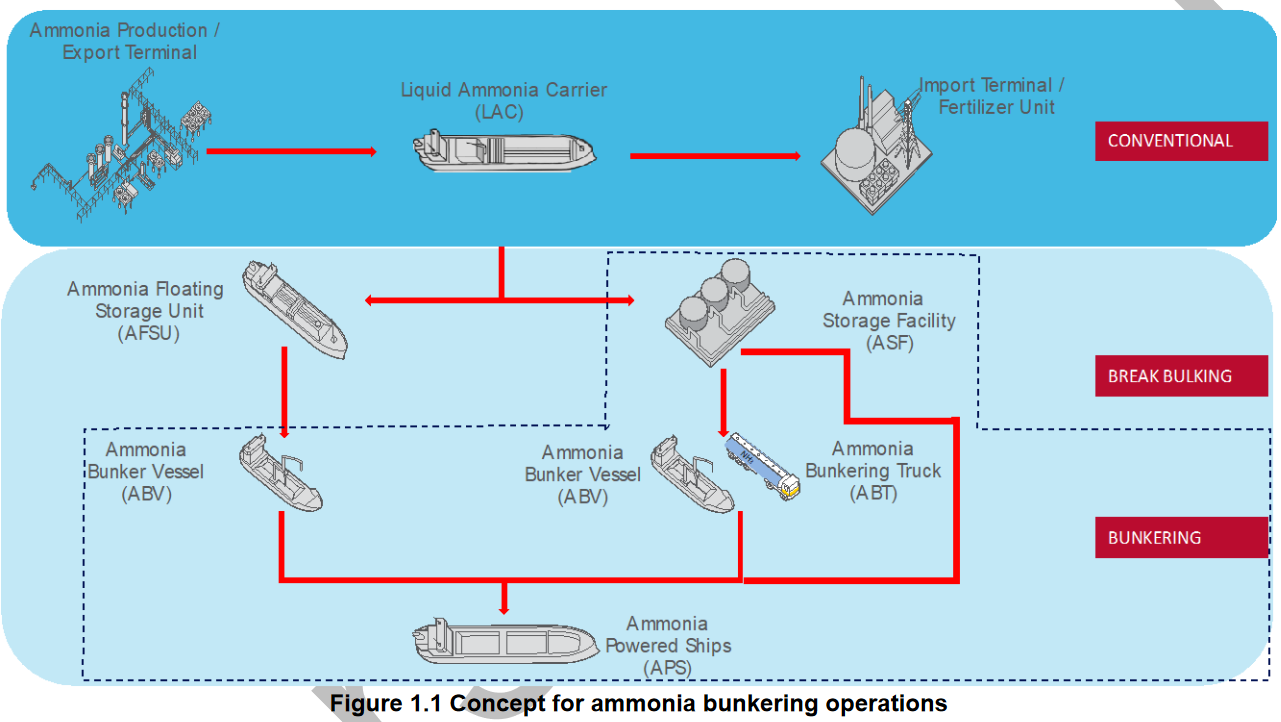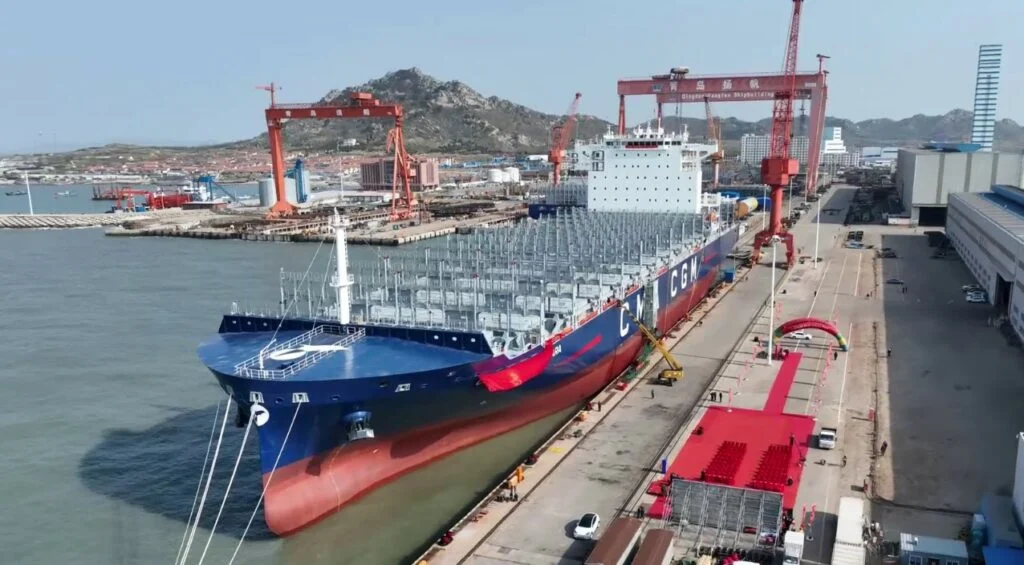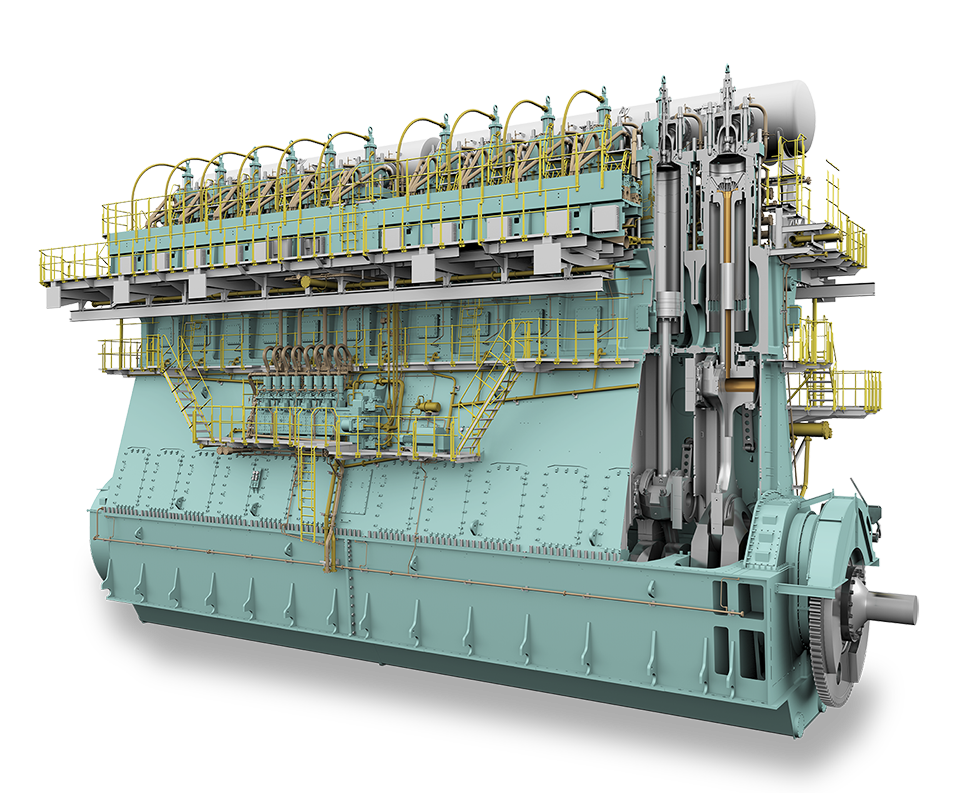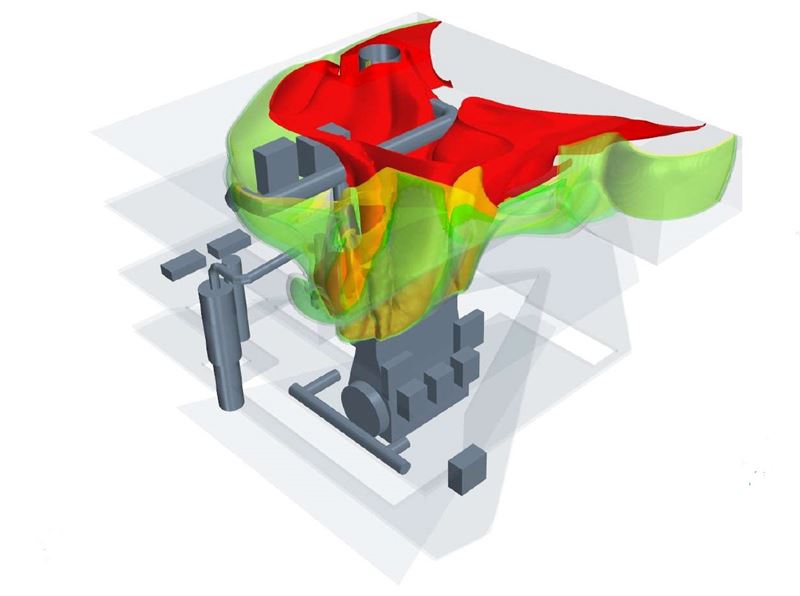Ammonia Safety
Ammonia and the Netherlands
MAN Energy Solutions: testing begins on two-stroke marine ammonia engine
In an interview with media outlet TradeWinds, MAN Energy Solutions has indicated that a detailed testing program for its two-stroke marine ammonia engine began last week in Copenhagen. With safe, sustainable operations paramount, MAN is aiming for the test engine to operate on 100% ammonia fuel in all four cylinders by 2025.
A human factors approach to safety on ammonia-fueled vessels
A joint study into ammonia safety onboard three different vessel types has found that safety risks of ammonia fuel can be mitigated, but only if technical safeguards are implemented and key “human factors” are addressed. The new report sets out a series of recommendations to ensure acceptable risk levels for crew on-board ammonia-fueled vessels.
Study paves the way towards ammonia bunkering pilots in Singapore
The Global Centre for Maritime Decarbonisation released the public findings from its Ammonia bunkering pilot safety study last month. Three potential pilot sites have been identified in Singapore, and a combined HAZID - QRA methodology has found that 400 operational and locational risks for ammonia bunkering were all classed as low or mitigable. Sign up for our upcoming Ammonia Energy APAC conference in August to learn more, when GCMD Chief Technical Officer Dr. Sanjay Kuttan will join us in-person to explore the report and answer your key questions.
First ammonia-ready containerships delivered
Two ammonia-ready vessels - the CMA CGM Masai Mara and the ALS Ceres - were delivered this May. Both are the first in a series of six containerships contracted to be built at different Chinese shipyards.
New marine engine collaboration, safety systems and key AiPs awarded
A new MoU between WinGD and Mitsubishi Shipbuilding will see the deployment of WinGD’s X-DF-A ammonia-fueled engines to a range of vessels. In Norway, Wärtsilä has unveiled a safety system designed for continuous onboard monitoring of ammonia leaks, featuring a staged combustion process to deal with accidental releases. And classification society DNV has awarded AiP to two significant ammonia-fueled vessel designs: the MS NoGAPs, and Viridis Bulk Carriers’ short sea bulk carrier.
Maritime updates: modeling engine room fuel leaks, testing a new fuel supply system
ABS has used computational fluid dynamics to model ammonia dispersion patterns in a ship’s engine room, with the aim of producing a fast, real-time response system for ammonia leaks. In Japan, a fuel supply system for large-scale, low-speed, two-stroke marine engines is undergoing final verification testing. Mitsubishi Shipbuilding aims to become a key technology provider of such systems, and in the ammonia maritime fuel space.
Safety and the marine ammonia engine
As part of our Maritime Ammonia Insights webinar series, we explored the safety learnings gained so far during the development of maritime ammonia fueled engines, as well as existing best practices for safe ammonia handling. John Mott (ASTI), Kaj Portin and Laura Sariola (both Wärtsilä) were joined in conversation by Conor Furstenberg Stott.
IHI, NYK Line report successful marine engine testing in Japan
Successful testing has been completed at IHI’s facilities in Ota, Japan. A four-stroke marine engine - fully integrated with exhaust gas aftertreatment and fuel supply systems - produced stable operations running on up to 80% ammonia fuel. Emissions of dinitrogen monoxide (N2O) and ammonia slip were reported as “virtually zero”.
